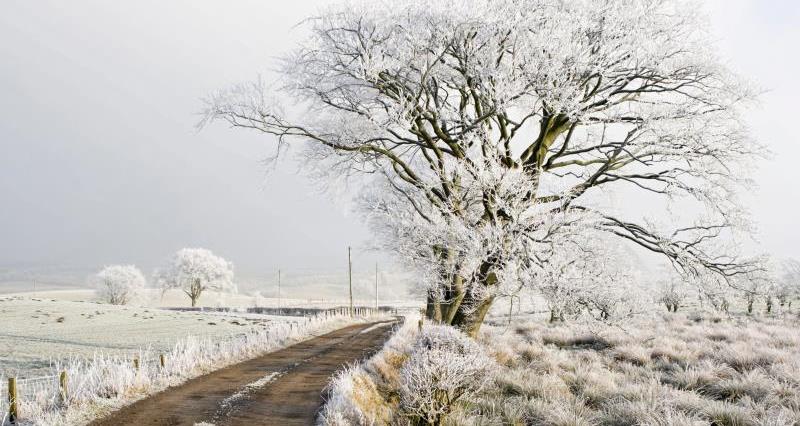This lack of food can have a serious impact on farmland birds such as yellowhammers, finches and buntings, as well as other wildlife.
Many farmers have taken up options in ELS and HLS to help plug this gap but, as Elizabeth Ranelagh of the Campaign for the Farmed Environment (CFE) explains, there are other steps farmers can take that will make a real difference.
“Providing habitat and food for wildlife becomes critical during the winter months, and there are some relatively simple ways of doing this,” she said.
“It is perhaps especially important this winter for farmers to cater for wildlife through their voluntary measures, as many ELS agreements come to an end and as we demonstrate the significant role that wildlife conservation plays on the farm.
“At CFE we’re encouraging farmers to keep ELS options in place. Margins are valuable not only for wildlife but for their agronomic benefits, and unproductive areas or those which make farming inefficient are not worth putting back into production.
“They can also contribute positively towards Ecological Focus Areas, especially if enhanced with wild bird mix or flower mixes.”

Photo: Chris Gomersall, rspb-images.com
Ian Dillon manages RSPB Hope Farm in Cambridgeshire. The 450 acre arable farm grows winter wheat, winter barley, oilseed rape and millet. Ten per cent of the potential cropping area is managed for wildlife through ELS and Conservation Grade crop premiums.
“This may sound a lot, but when you look at the awkward corners, least productive areas of fields and six metre wide margins around fields, it doesn’t actually impact on the most productive areas of the farm at all,” he said.
“This means we are optimising crop production and maximising conservation management to deliver critical resources for our farm wildlife, all while keeping the farm productive and profitable.”
Ian says that the transformation from a farm that was orientated almost entirely towards maximising production to one which balances crop production and nature conservation was a gradual evolution.
The focus was on delivering benefits in three key areas: safe nesting habitat, abundant insect food during the breeding season and, perhaps most importantly, plentiful over-winter seed food.
In December 2000, the first winter after the RSPB bought Hope Farm, its monthly bird survey found a total 203 birds of 22 species. By December 2015 this had increased to 2933 birds of 44 species.
In that first winter, the whole cropping area, bar set-aside, was under winter crops. This meant very little food, especially for seed eating birds.
“A maximum count of just two yellowhammers that winter summed up the situation. There was no food for a yellowhammer to eat so they either left the farm to search for food elsewhere or they perished,” said Ian.
“By December 2015 we had gradually increased the area of winter seed, largely using wild bird cover crops, to almost nine acres. Managing them as a crop, creating a stale seedbed before drilling, delaying drilling until soil conditions were right and applying a small quantity of nitrogen fertiliser all helped improve the quality and quantity of seed produced.
“We didn’t always get it right, but we learnt as time went on and, with the help of conservation management contractor Martin Lines and our seed supplier Oakbank, we now deliver top notch winter food for birds.”
Top tips from the Campaign for the Farmed Environment
How farmers can help wildlife through the winter:
- Don’t to be too tidy! Leave undisturbed wild areas
- Do not cut all of your margins. Leave areas of rough grass for barn owls to hunt and to produce small seeds for birds
- Do not cut all of your hedges. Wait for the berries to finish before cutting as this provides an important food source for birds. Do this on as many hedges as you can
- Leave dead wood, dead bramble stems and partly decaying timber in situ. This provides a great habitat for a whole range of invertebrates, in particular creating hibernation habitat for solitary bees
- Leave areas that might contain small mammal burrows untouched as insects will use disused burrows as overwintering habitat
- Undertake supplementary feeding for birds. Avoid doing this on or near archaeological features, on steep slopes, wet ground or woodland.
- Creating beetle banks is an excellent way of providing hibernation refuges
- If using game cover select plants that will produce seeds that are appropriate for small birds e.g. millet, barley and kale
- Leaving taller overwinter stubbles will help to protect smaller mammals from predators. They will also benefit from the stubbles being allowed to ‘green-up’.
